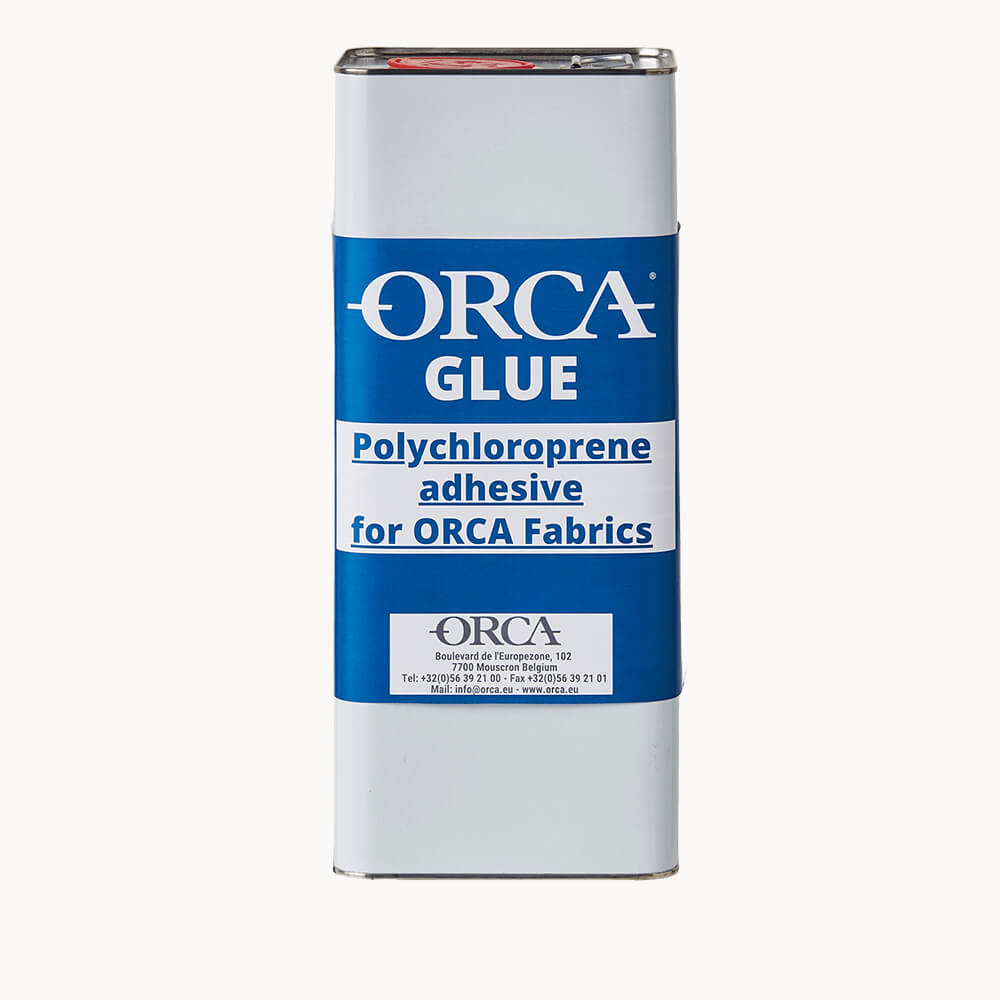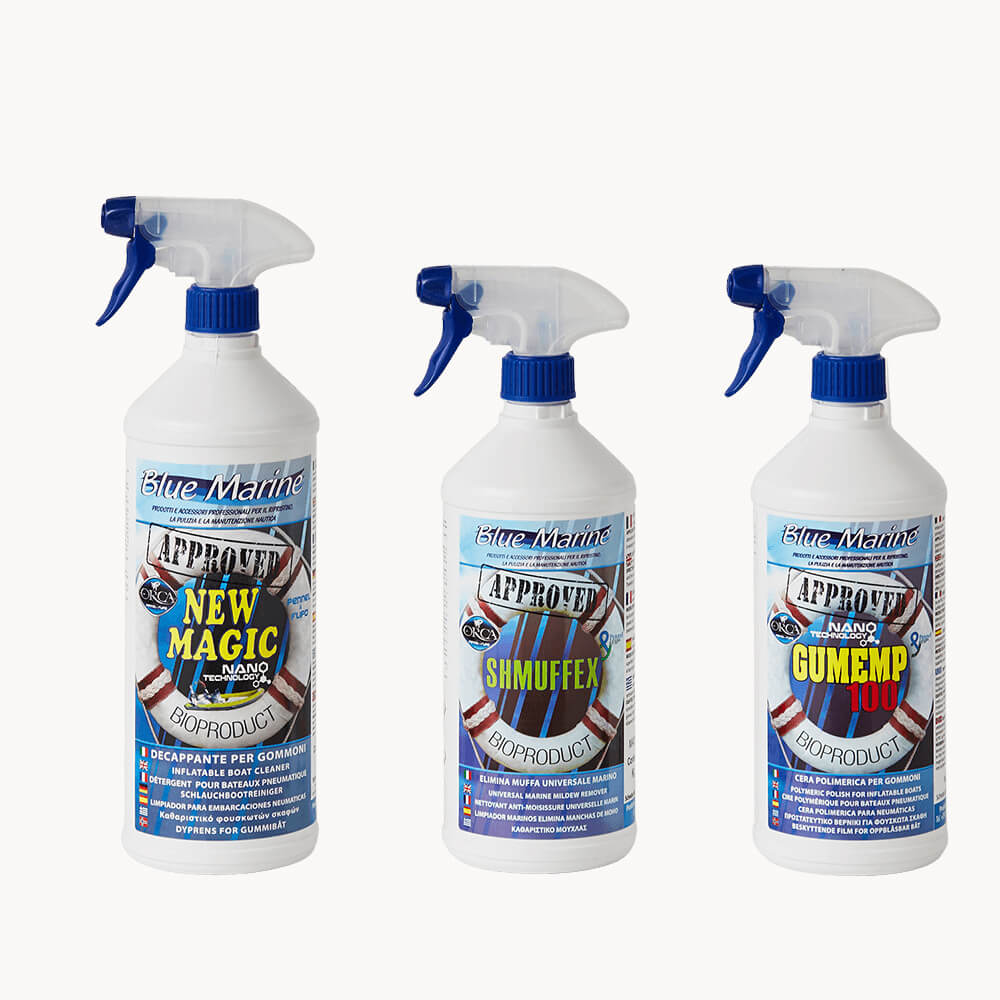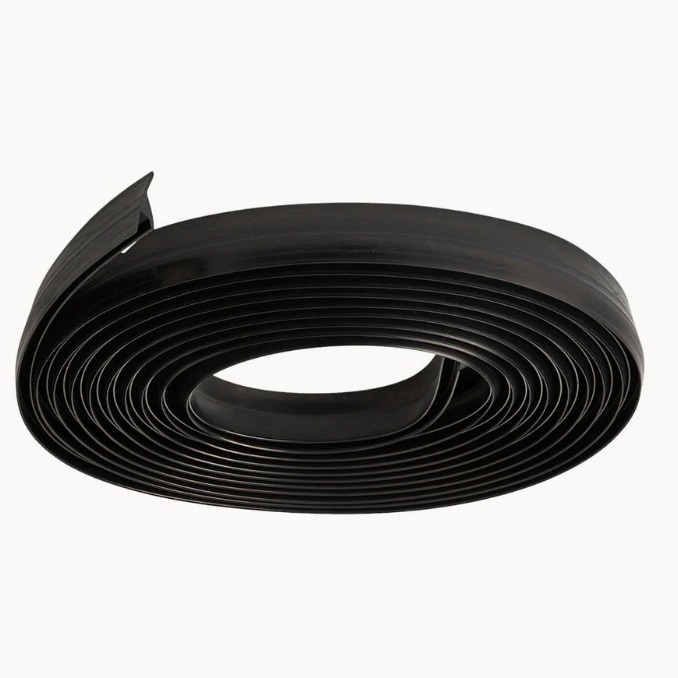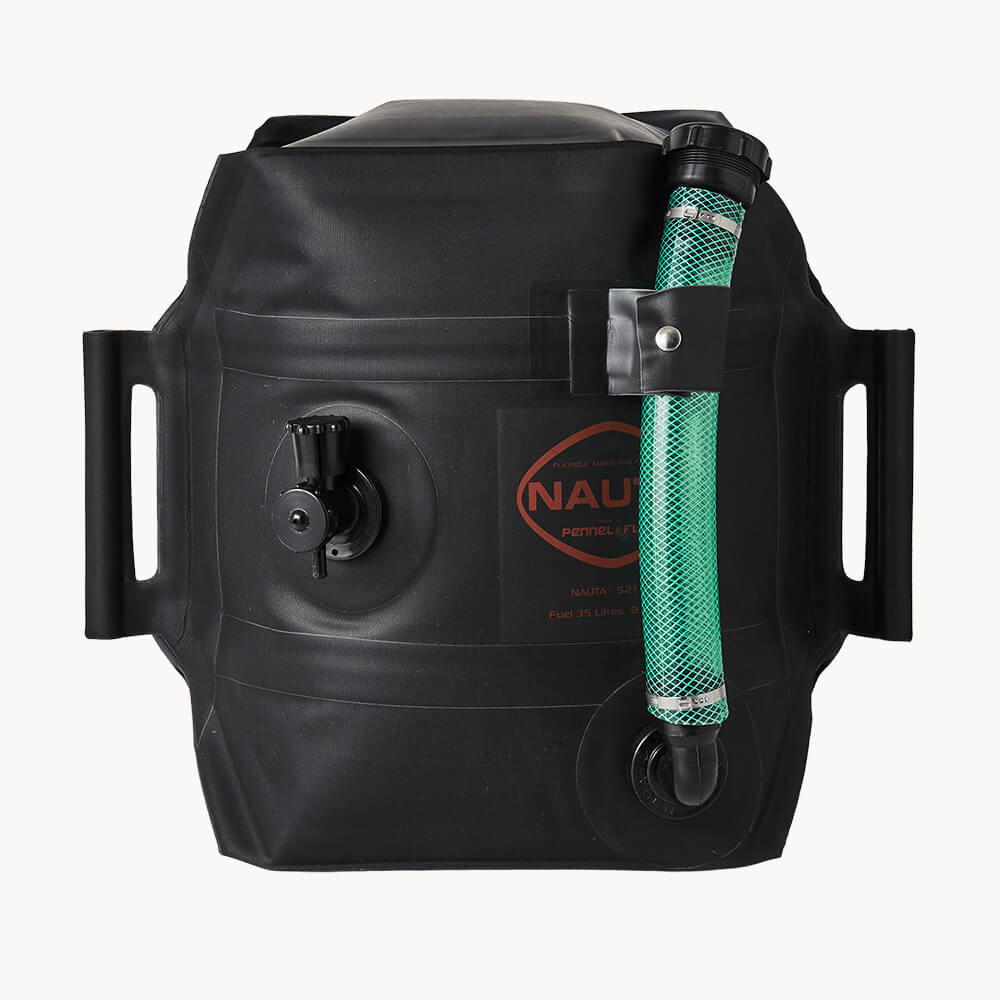
Sailing a RIB, freshwater VS saltwater: what you need to know
Introduction
Exploring vast bodies of water, whether fresh or salt water, offers unique experiences.
For RIB boat owners, the crucial question arises: How do you sail with confidence in these two distinct environments?
Let's dive into the details to discover the nuances of RIB sailing in fresh and salt water.
Equipment: What to pay attention to
La remorque

Navigating between fresh and salt water requires a robust trailer, ready to face the challenges of every environment.
Opt for an aluminium trailer, a strategic choice to counter marine corrosion. Aluminium is more resistant to salt water than galvanised steel. This robustness guarantees the safe and durable transport of your RIB.
In addition to the choice of material, regular maintenance is essential. After each launch, introduce the ritual of washing with fresh water. This practice eliminates potentially corrosive salt and extends the life of your trailer. Pay particular attention to areas in direct contact with salt water, such as wheels, axles and exposed metal parts.
The braking system
The braking system on your trailer is an often overlooked but crucial element of your boat's safety, especially when sailing between fresh and salt water.
The choice between drum and disc brakes can impact performance, particularly in salt water.
Drum brakes, although less expensive, can suffer from salt water build-up compromising their effectiveness.
Disc brakes, on the other hand, offer a more accessible and easy-to-maintain alternative, often preferable for offshore sailing.
Whichever you choose, the brakes will be exposed to salt water during launches and outings. Careful rinsing with fresh water after each use is therefore essential to prolong the life of your braking system.
The anodes
In the marine environment, corrosion lies in wait for your boat. That's where the anodes come in.
Anodes are pieces of metal strategically placed on your boat, mainly made of aluminium to cope with salt water. Their essential job: attract corrosion to them, protecting the crucial parts of your boat.
How does it work? The metals in the anodes, such as aluminium, take the corrosion upon themselves, preserving the hull, propeller, and other metal parts. They make sacrifices to prolong the life of your boat.
But beware, they have their limits. Over time, anodes wear out and need to be replaced regularly. It's a little maintenance that makes a big difference.
Regular monitoring and timely replacement of anodes are therefore simple but essential steps to ensure the longevity of your boat in salt water.
The engine

When it comes to engines, outboards are well suited to saltwater, but they do require regular maintenance rituals.
After each outing, meticulously flush the engine with fresh water.
Sterndrives (a type of marine propulsion where the inboard engine is combined with an outboard means of steering), on the other hand, require even greater attention. As they have a submerged section, the components need to be replaced more frequently in salt water. Unlike outboards, sterndrives generally don't tip out of the water, which means careful maintenance of submerged components.
Pneumatic bladders
In freshwater, the pneumatic bladders of a RIB can generally remain in good condition for longer, as freshwater is less corrosive. However, it is essential to clean them regularly to remove the dirt, debris and residues that can build up.
In salt water, where corrosion is more likely, more frequent rinsing of the flanges with fresh water after each outing is crucial. This helps prevent salt build-up, which can damage the flange material in the long term.
The occasional application of a protective product recommended by the manufacturer can also help to extend the life of the flanges, by providing an additional barrier against the corrosive effects of salt water.
Paint
After a few weeks in freshwater, the boat's hull can already start to accumulate deposits, although these are generally less significant than in saltwater.
At sea, exposure to marine elements can lead to rapid growth of organisms such as algae, shellfish and other marine life.
Antifouling paint is specially designed to prevent these marine organisms from adhering to the boat's hull.
It creates a smooth surface that is difficult for marine deposits to attach, making them easier to remove during cleaning. Investing in quality antifouling paint can significantly reduce the time and effort needed to keep your RIB's hull in top condition.
Beware, some types of paint are specifically formulated for aluminium hulls, while others are better suited to fibreglass hulls.
Consulting the recommendations of the paint manufacturer and your boat manufacturer is essential to ensure proper application and long-lasting results. It is also a good idea to renew the coat of paint according to the manufacturer's recommendations to maintain optimum protection against marine deposits.
Safety equipment

Safety equipment requirements may vary between freshwater and sea.
In general, regulations for sailing at sea are often stricter due to the potentially harsher conditions.
It is crucial to comply with local and national rules to ensure safety on board, whether in freshwater or at sea.
Some basic items, such as lifejackets, signalling devices and fire extinguishers, are generally required in both environments, but specifics may exist depending on local authorities.
It is advisable to check the regulations in force in the region where you are sailing.
Navigation: differences between freshwater and sea
The licence
Sailing in freshwater, such as on lakes and rivers, often requires a permis plaisance "eaux intérieures" in France. This licence tests your knowledge of river navigation, the rules specific to inland waterways and safety on inland waters.
For navigation at sea, the "coastal" pleasure boating licence is generally required. This licence covers all aspects of coastal navigation, including tide management, knowledge of lights and beacons, and safety rules specific to coastal areas and small islands.
Find out more about it:
Visibility
Freshwater, whether from lakes or rivers, generally offers clearer visibility. The clarity of the water makes it easier to observe the seabed and detect obstacles.
At sea, however, visibility can vary due to the presence of salt and other elements. Captains have to deal with conditions that are sometimes less transparent, requiring increased vigilance.
Bottoms and manoeuvring
In freshwater, bottoms are often composed of softer soils, such as mud or sand. These conditions can make manoeuvres more flexible, making mooring and moving around easier.
However, in salt water, the seabed is more diverse, ranging from sand to rocks and reefs. This variety requires extra caution on the part of skippers when manoeuvring to avoid damaging the boat.
A thorough knowledge of local nautical charts is essential to anticipate variations in the seabed and ensure safe navigation, especially in unfamiliar areas.
Find out more about it:
Signalétiques
Lakes and rivers generally have clear signage systems, including bathing areas, harbours and routes to follow.
At sea, signage can be more numerous and complex, marking fishing zones, shipping lanes, and signalling the presence of islands or sandbanks.
Weather conditions

Freshwater weather can be more stable, with less tidal influence. However, heavy rainfall can affect river levels.
At sea, captains have to deal with tides, waves and sea currents. Weather conditions can change rapidly, requiring constant adaptation.
Conclusion
Equipping your RIB for freshwater or offshore sailing requires a thorough understanding of the nuances specific to each environment.
Equipment choices and maintenance practices become invaluable allies for hassle-free marine voyages.
Good sailing, whether the waters are fresh or salt!
Read more about the world of RIBs:





